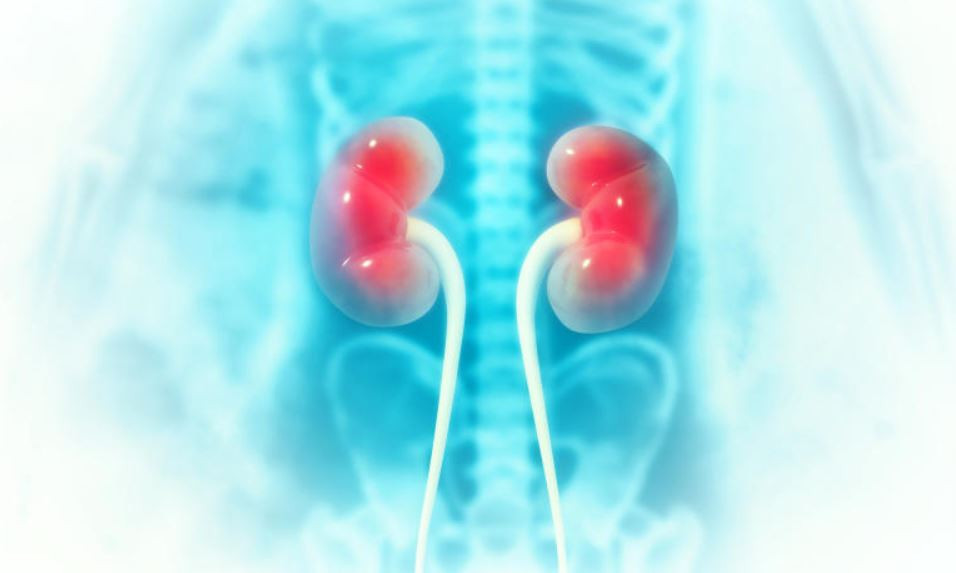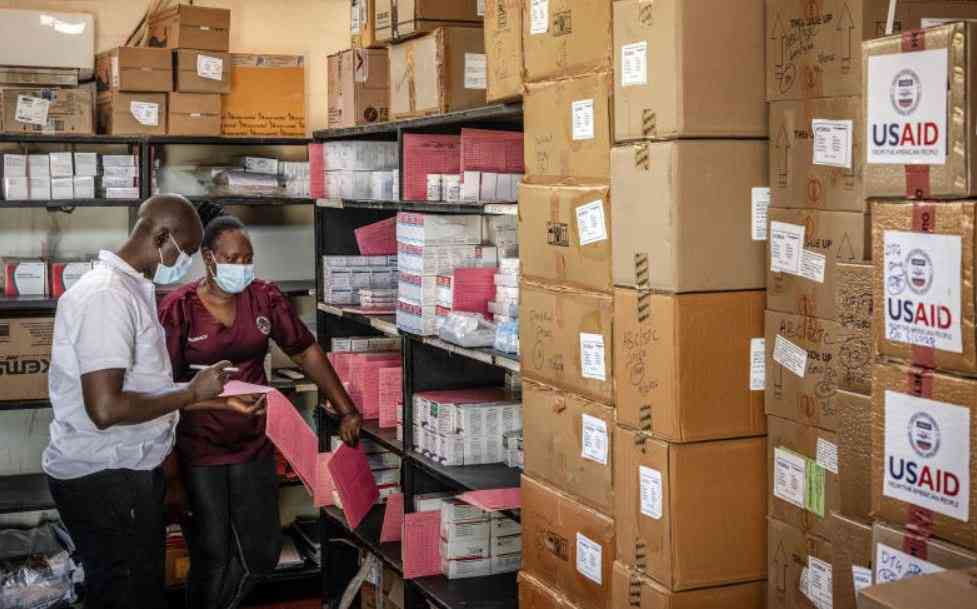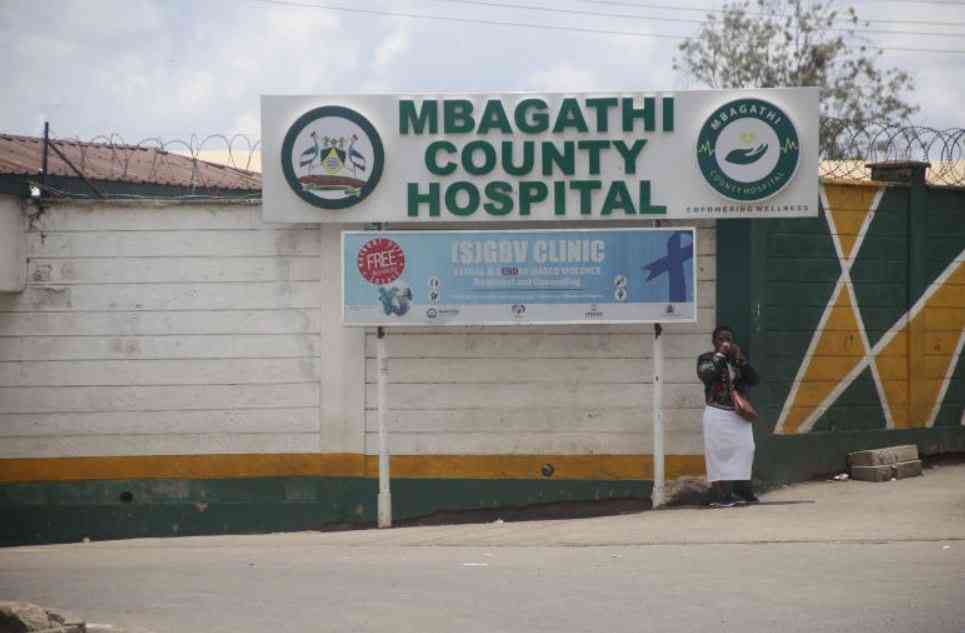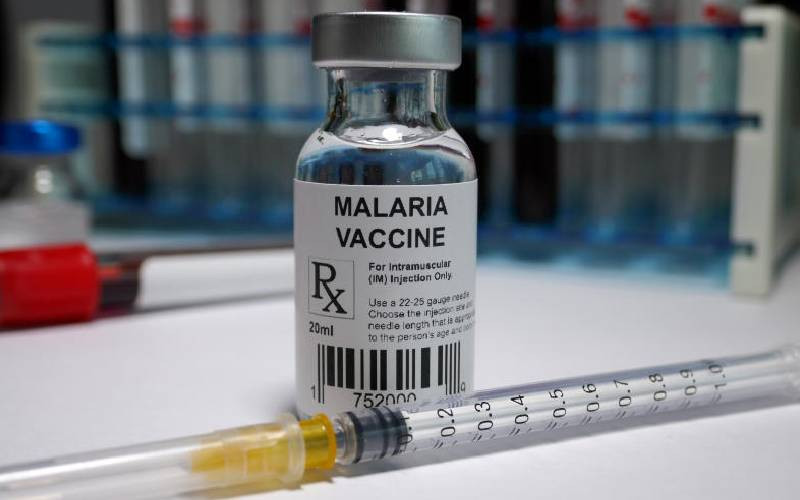
"No woman should fear for her life when giving birth. Effective solutions to tackle postpartum bleeding need to be available and accessible so that all women can experience a safe birth and a healthy future with their families."
This is a quote from the World Health Organization (WHO) that embodies the dangers that come with Postpartum haemorrhage. A quote so true, for many women have lost their lives, just after giving life to a generation.
Postpartum Haemorrhage (PPH) is severe vaginal bleeding after childbirth that if, not managed, is often fatal.
Dr Geoffrey Wahome is a Consultant Obstetrician and Gynaecologist based in Nakuru. According to him, excessive blood loss can lead to shock. Shock is when your organs don't receive enough blood.
"It's a serious and dangerous condition. PPH usually occurs within 24 hours of childbirth, but it can happen up to 12 weeks after childbirth. When the bleeding is caught early and treated quickly, it leads to more successful outcomes," adds Dr Wahome.
He further explains that this happens when the total blood loss is greater than 32 fluid ounces after delivery, regardless of whether it's a vaginal delivery or a Cesarean section, or a C-section; or when bleeding is severe enough to cause symptoms of too much blood loss or a significant change in heart rate or blood pressure.
Other signs of postpartum hemorrhage are dizziness, feeling faint and blurred vision.
- Africa urged to invest in data to curb maternal deaths
- Silent killer: Postpartum bleeding still claims ten mothers every day
- Deadlier than crashes: How bleeding crisis is haunting delivery rooms
- Mothers at risk as bleeding detectors run out
Keep Reading
Causes
The medic further says that there are two types of PPH. Primary postpartum haemorrhage occurs within the first 24 hours after delivery. However, secondary or late postpartum haemorrhage occurs 24 hours to 12 weeks postpartum.
There are a few reasons why postpartum haemorrhage occurs.
"Your placenta attaches to the wall of your uterus and provides food and oxygen to your baby during pregnancy. After your baby is delivered, your uterus continues to contract to deliver the placenta. This is called the third stage of labor," he explains.
The contractions, according to the Consultant Gynaecologist, also help to compress the blood vessels where the placenta was attached to your uterine wall. But sometimes these contractions aren't strong enough to stop the bleeding (called uterine atony). This is the cause of up to 80 per cent of postpartum haemorrhages.
Dr Wahome adds that postpartum haemorrhage can also happen if parts of the placenta stay attached to a woman's uterine wall or if parts of the reproductive organs are damaged during delivery. One is at an increased risk for PPH if they have a blood clotting (coagulation) disorder or certain health conditions. Postpartum haemorrhage can affect anyone after childbirth, he adds.
There are many risk factors for PPH, but approximately 40% of haemorrhages occur in women without any risk factors. Most cases of postpartum haemorrhage occur right after the placenta is delivered. PPH may be more likely after a C-section.
Low blood pressure
Dr Wahome says postpartum haemorrhage is recorded in about 1% to 10% of pregnancies.
"Postpartum haemorrhage is a serious and potentially fatal condition. With PPH, you can lose large amounts of blood very quickly. It causes a sharp decline in blood pressure, which can restrict blood flow to your brain and other organs. This is called shock, and it can lead to death. Postpartum haemorrhage is a medical emergency and needs to be treated right away," he warns.
The most common symptom of postpartum haemorrhage is persistent, excessive bleeding after delivery.
Other signs of PPH include symptoms of a drop in blood pressure like dizziness, blurred vision or feeling faint, increased heart rate and decreased red blood cell count. A patient also exhibits pale or clammy skin and may feel nausea or even start vomiting accompanied by worsening abdominal or pelvic pain.
Expectant women are called upon to be honest with their healthcare providers about how they feel after delivery. In some cases, PPH doesn't cause symptoms until after one has left the hospital.
Healthcare providers diagnose postpartum haemorrhage through visual and physical examinations, lab tests and a thorough review of one's health history.
Dr Wahome says doctors may detect the condition based on the amount of blood one has lost. Measuring the volume of collected blood and weighing the blood-soaked pads or sponges from delivery is one common way to approximate blood loss.
Medical history
"Excessive blood loss can cause several complications like increased heart rate, rapid breathing and decreased blood flow. These symptoms can restrict blood flow to your liver, brain, heart or kidneys and lead to shock," he adds.
Dr Wahome advises that the best way for healthcare providers to prevent postpartum haemorrhage is to identify those at high risk before delivery. This is dependent on you sharing your complete medical history and symptoms with your healthcare provider.
A qualified doctor should be able to routinely administer medications like oxytocin at the time of delivery to help your uterus contract. Ensuring adequate iron intake and red blood cell levels during pregnancy can minimize the impact of postpartum haemorrhage should it occur.
 The Standard Group Plc is a multi-media organization with investments in media
platforms spanning newspaper print
operations, television, radio broadcasting, digital and online services. The
Standard Group is recognized as a
leading multi-media house in Kenya with a key influence in matters of national
and international interest.
The Standard Group Plc is a multi-media organization with investments in media
platforms spanning newspaper print
operations, television, radio broadcasting, digital and online services. The
Standard Group is recognized as a
leading multi-media house in Kenya with a key influence in matters of national
and international interest.











